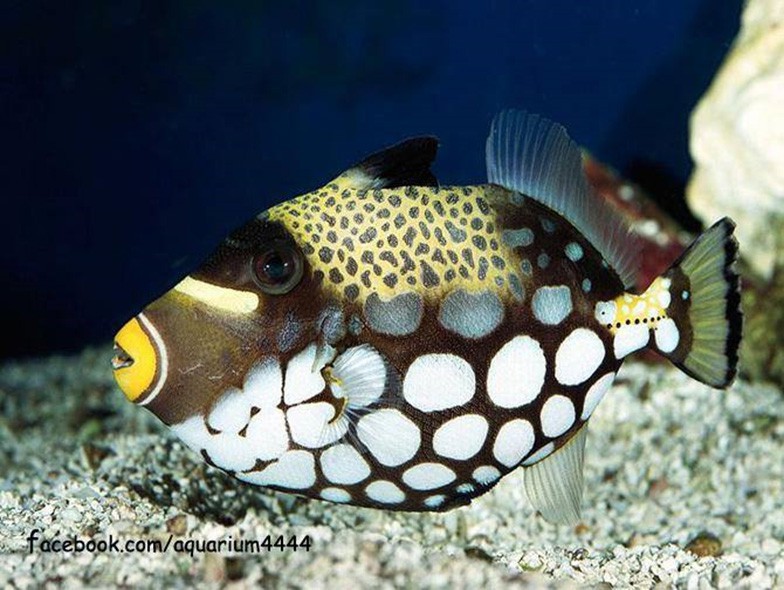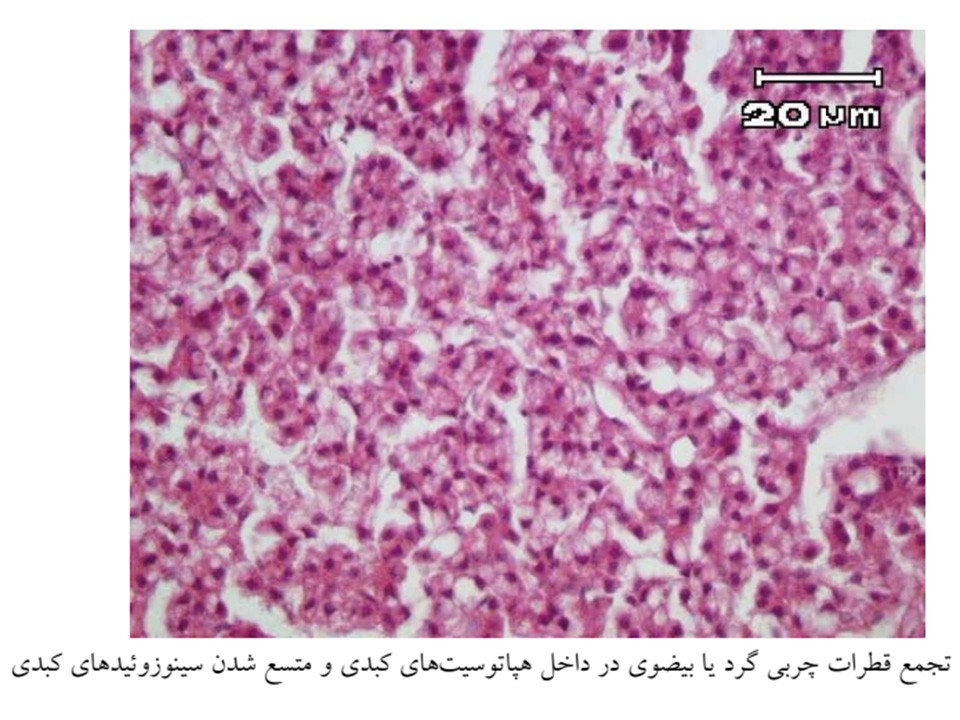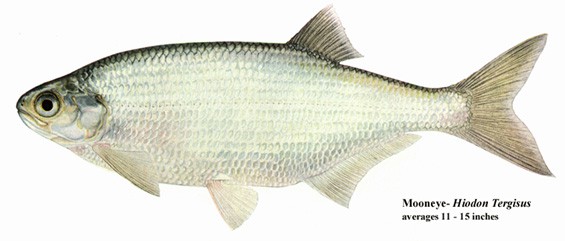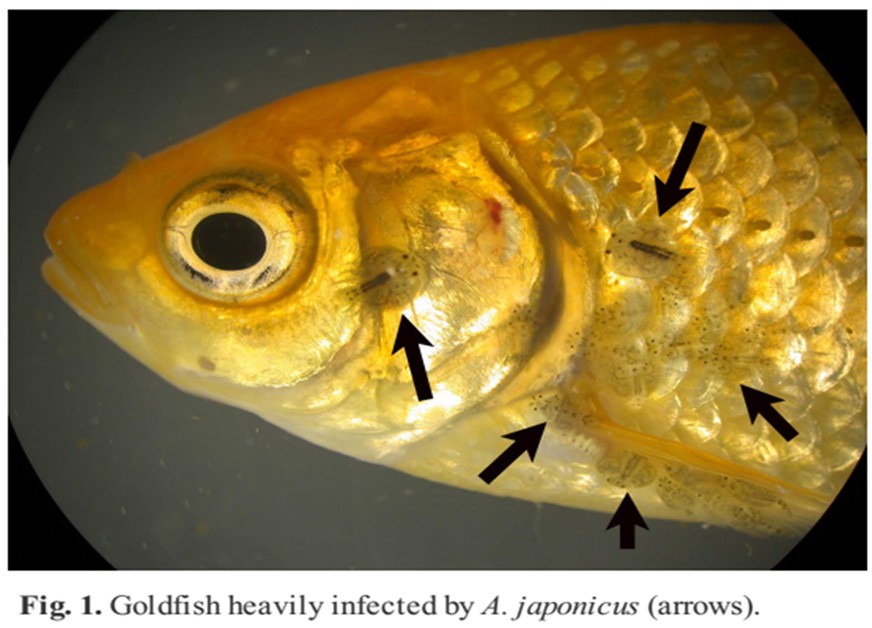Yersiniosis
جهت مشاهده متن کامل مقاله اینجا کلیک کنید
Introduction
- Family : Enterobactericeae
- Gram-negative
- Motile
- rod-shaped
- Catalase positive
- oxidase negative
- Both immersion and injection vaccines are available and provide good protection against clinical outbreaks
Epidemiology
- Widespread
- important pathogen of salmonids
- Rainbow trout are especially susceptible, but steelhead, lake, cutthroat, brown and brook trout, and coho, sockeye, chinook, and Atlantic salmon are also affected
- The bacterium has also been less frequently isolated from diseased channel catfish, European sea bass, emerald shiners, fathead minnows, cisco, baeri sturgeon, turbot, peled, whitefish, and muskum whitefish
- It has also been isolated from asymptomatic goldfish, common carp, European eel, burbot, coalfish, and arctic char
- Aquatic invertebrates (crayfish) and even mammals (muskrats) can harbor large numbers of bacteria
Pathogenesis
- ERM outbreaks usually begin with chronic, low mortality, which generally escalates
- Severity of ERM outbreaks depend mainly on strain virulence and degree of environmental stress
- There are six serovars of Y. ruckeri. Type I (Hagerman) is the most common, widely distributed, and pathogenic
- Rainbow trout are most commonly affected at 7.5 cm with more chronic infections occurring in larger (12.5 cm) fish
- Peak disease severity is at 15 – 18 ° C
- There is lower morbidity/mortality at low ( < 10 ° C) temperatures
- Mortalities may occur for up to 60 days
- A high percentage ( > 75%) of recovered fish may become carriers
- Subclinical carriers cyclically shed bacteria from the lower intestine
- the periodicity of the shedding cycle probably varies with environmental conditions
- Cyclic shedding helps to explain fluctuation in pathogen prevalence in fish populations
- High (15 – 18 °) temperature can cause carriers to begin shedding, leading to clinical disease
- Clinical signs can develop within several days of the stress
- There may be up to 70% mortality initially
- Transmission occurs horizontally
- Kidney is the best organ for isolation during epidemics. Lower intestine appears to be better for isolating the bacterium from asymptomatic carriers
Clinical signs
- Darkening
- Anorexia
- Lethargy
- reddening in the mouth
- abdominal distension
- unilateral or bilateral exophthalmos
- hyphema (blood spot)
- reddened skin erosions found mainly on the head or mouth










